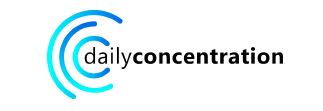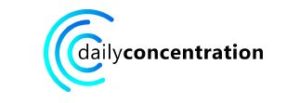Your Vision & Heart Attacks
There may be more than meets the eye when it comes to…eyes. It turns out that the different parts of the eye and how they look can tell you things about your health. This is especially true with the vessels behind the eye, called the retinal vasculature, and your heart. This is because the vessels in your eye directly correlate to the vessels in the rest of your body.
When your ophthalmologist looks inside your eye with an ophthalmoscope, she can examine the retina, the optic nerve, the lenses of your eye, and your pupillary reflexes. When she looks at the blood vessels in your eye and how they are arranged, she can tell if you have evidence of diabetes or high blood pressure, according to how large the size of the veins are in ratio to the arteries in the retina.
Specifically, the ratio of the arteries’ size to the veins is generally around two to three. Therefore, if the arteries are smaller than the veins or very dilated, that can be an indicator of heart trouble like high blood pressure.
Your ophthalmologist can also see any blood clots or plaques in the eye that could indicate coronary artery disease. Blood clots often become stuck in small vessels, like those in the eye. Your doctor can also identify, to a certain degree, the inflammatory processes in the body with an eye exam, like arthritis.
An experienced ophthalmologist can also analyze pattern changes and vessel ratios in the eye and diagnose your cardiac and other risk factors from this data. Therefore, it is crucial that you don’t ignore your eye exams because they might save your life. So, whether you need glasses or not, it may be a good idea to get yearly eye exams anyway, just for your overall health.









